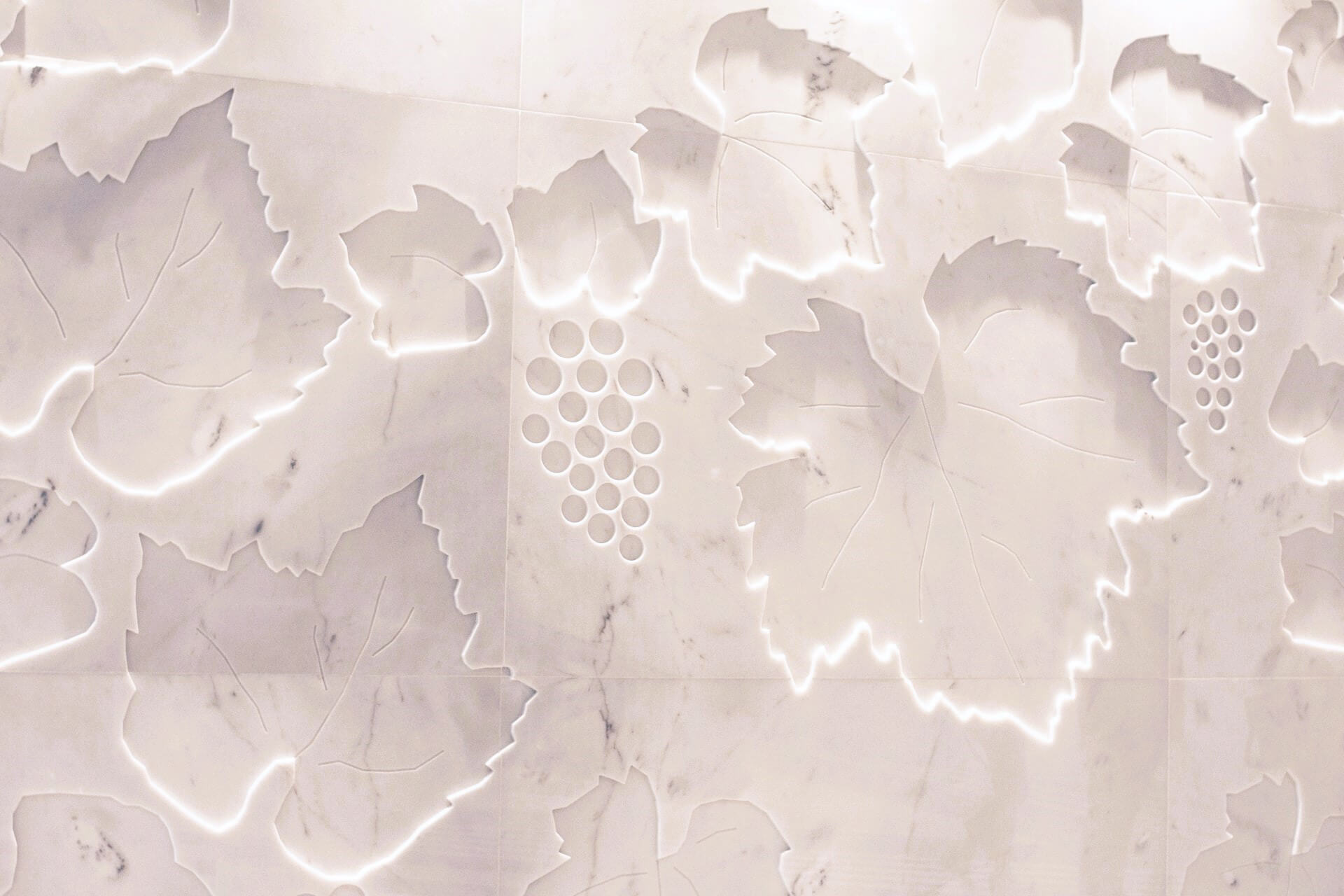One White Wine, Two Wine Holidays
by David Klemt

In August, operators and their front- and back-of house teams can celebrate two restaurant and bar holidays with one white wine.
Obviously, that means two bites at the apple—or grape (my apologies, I’ll see myself out)—in the same week. In turn, that generates revenue and move wine inventory.
Okay, so what wine does double duty in August? Albariño, a popular white wine with origins in Portugal. In fact, there are two countries that dominate Albariño production, Portugal and Spain.
On Monday, August 1, your guests have the opportunity to celebrate International Albariño Day. Just three days later, August 4, we have National White Wine Day. How convenient!
As we know, while many of today’s guests have their favorites and stick to them, they like to try new things. This August, add Albariño to your Chardonnay, Moscato, Pinot Grigio, and Sauvignon Blanc lineup.
So, what do you need to know about Albariño? Let’s take a look at this refreshing white wine below.
The Wine Nerd Stuff
As I say above, Albariño traces its origins to Portugal. In its home country, this varietal’s name is Alvarinho.
Most people who are familiar with Albariño are familiar with bottles from Spain. So, Albariño is the same grape as Alvarinho.
Call it by either name, this white wine is an Old World wine. In fact, some of these vines are a few hundred years old. For those wondering, Old World wines come from Europe, speaking generally. And New World wines? Well, they come from anywhere not in Europe.
However, there is indeed New World Albariño. Also, if you happen to operate a restaurant or bar in North America, these New World versions can be easy to acquire.
Unsurprisingly yet conveniently, there are wineries producing Albariño in California. Of course, these California Albariños are different than their Portuguese and Spanish counterparts. California’s Central Coast wine region is warmer than Spain’s cool Galicia region.
The Flavors and Aromas
Alright, so what’s Albariño like on the nose and palate, and how does it finish? To answer these questions, let’s look at the Old World wine first.
Again, I’m speaking about this white wine in broad strokes. You and your staff will need to taste a few bottles to understand their nuances.
So, Portuguese and Spanish Albariño tends to be light-bodied and dry, with high acidity. On the nose, expect peach and citrus like grapefruit, lemon, and lime. You may also detect a hint of wet stone, owing to its minerality.
On the palate, there’s usually a touch of salinity, plenty of acid, and notes of grapefruit, honeysuckle, nectarine, honeydew, and granite. Expect a long, dry finish.
Now, since Old World versions tend to be grown in cool climates, they tend to be light-bodied. Since Californian Albariño grows in a warmer climate, its characteristics are different.
Generally speaking, California Albariño is medium-bodied in comparison to its Old World counterparts. The Californian wines tend to have both floral and tropical notes on the nose. Along with the notes one would expect from Spanish and Portuguese wines, California Albariño can also feature orange and elderberry flavors.
Don’t Forget the Food
Obviously, wine pairs well with food—that should go without saying. And it would have too, but I said it.
Anyway, maximize guest spend by including your back-of-house team for your International Albariño Day and National White Wine Day promotions.
For this varietal, think lighter foods. Seafood, freshwater fishes, chicken, tofu, salads, grilled vegetables, and fruits pair well with Albariño.
Of course, you’ll also want to consider cheese pairings. So, try your Albariños with Chèvre, Manchego, Burrata, Feta, Gruyère, and Brie.
You have time to add some crisp, delicious Albariños from multiple regions to your menu. Create two promotions that showcase these wines and lure in your guests with irresistible pairings.
Cheers!
Image: World of Wine Porto, Portugal (Hayffield L on Unsplash)
